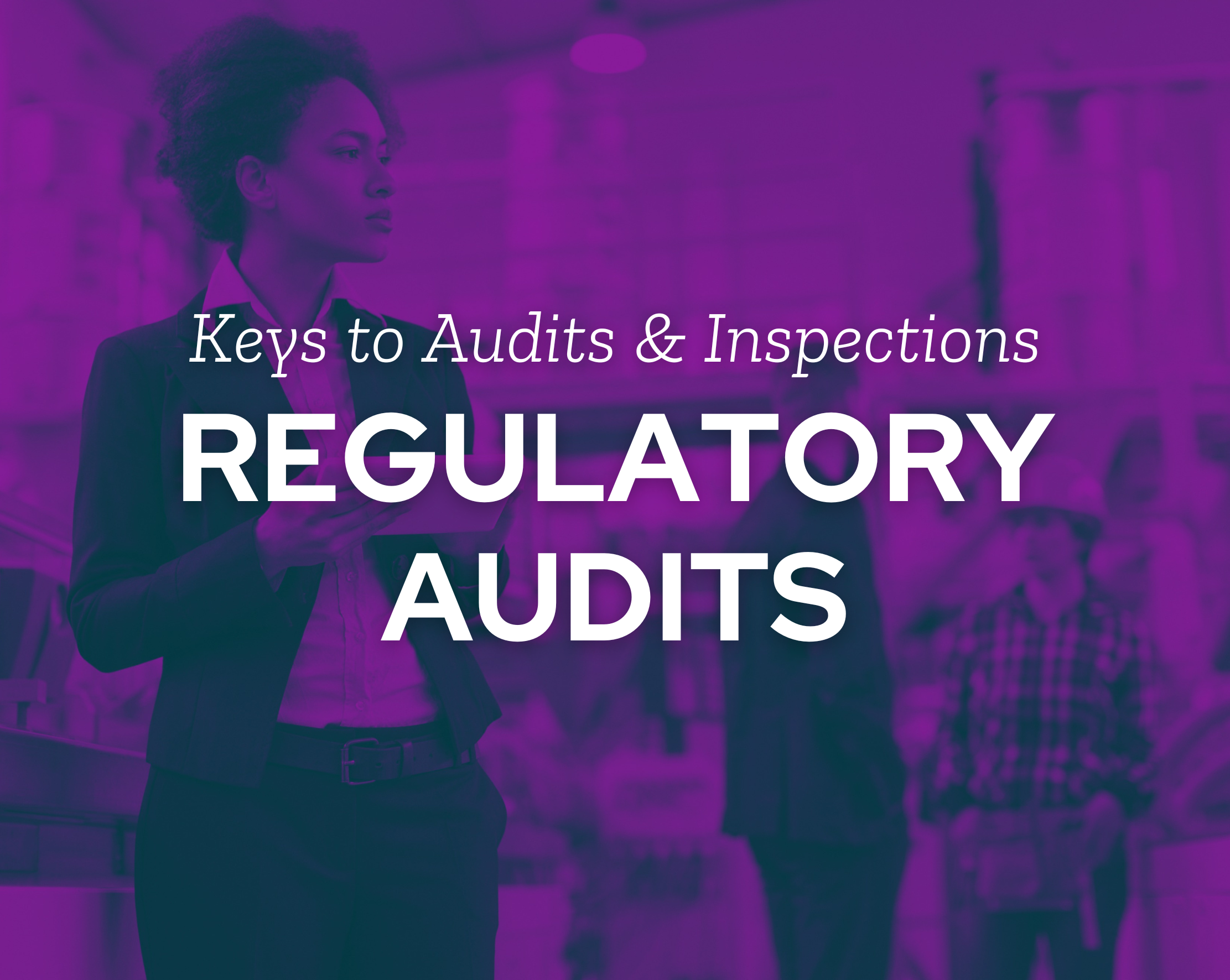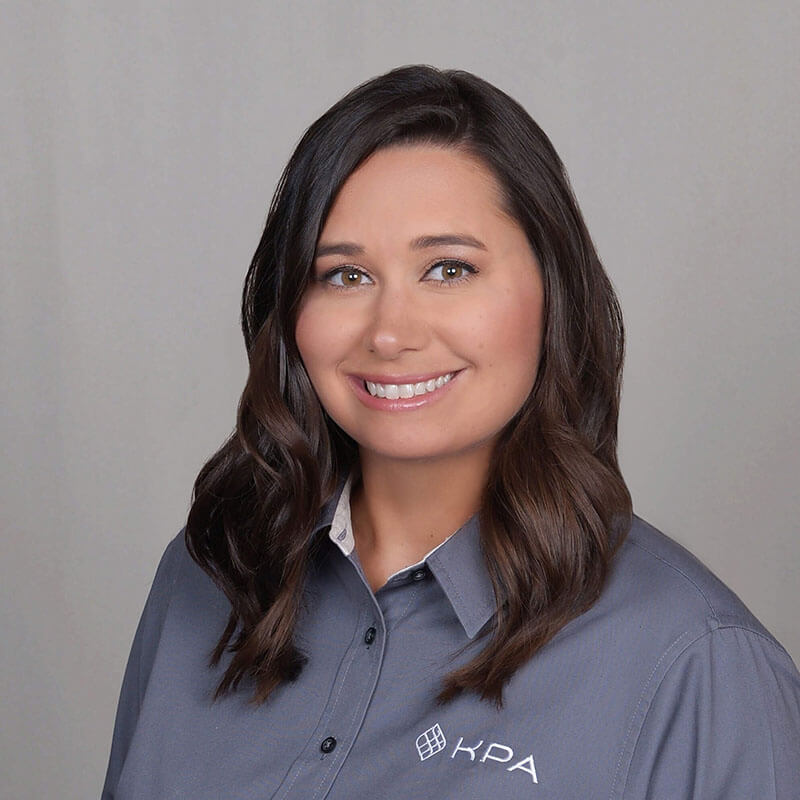What Does an Effective Regulatory Audit Look Like? Learn Best Practices
When people think about safety audits, they tend to think about the Occupational Safety and Health Administration. That’s no coincidence. OSHA expects organizations to audit their operations regularly. And audits are the most reliable way to avoid the agency’s hefty penalties—by uncovering compliance problems before they lead to violations.
Ensuring OSHA compliance is only one function of a safety audit, but it’s a great place to start. After all, OSHA’s regulations encompass the foundation of an effective safety program. They’re the bare minimum of what every employer should be doing to keep workers safe.
That is to say: don’t mistake a regulatory audit for a safety audit.
It’s part of a safety audit, but it’s not the whole shebang. It’s typically just the first phase—the initial check for issues that would likely result in injuries, penalties, or both if not addressed as soon as possible.
Not sure what to expect during a regulatory audit? Here are a few general concerns and questions an auditor from different regulatory bodies will focus on.
OSHA Compliance
During a regulatory audit, an auditor will look at a facility’s training program, documentation, and hazard assessment protocols to ensure compliance with OSHA rules and standards.
Examples of questions include:
- Has every employee undergone basic health and safety training?
- Have employees completed required training?
- Is training tailored to each employee’s position?
- Has everyone who needs to be certified to carry out a certain task (e.g. forklift operation) achieved necessary certification?
- Is training accurate and up-to-date?
- Are employees completing required refresher training?
- How do employees behave in the workplace? Are they performing their work safely, even when left unsupervised or when an auditor’s not around?
- Does the facility have applicable written OSHA programs?
- Is the written program accurate and complete? Is the facility actually following what it says?
- Has a personal protective equipment hazard assessment been completed? When was it last evaluated?
- Have facility operations changed recently? If so, are there new hazards to be aware of?
- What are the workforce’s current respiratory needs?
- Are there new chemicals on-site?
- Can employees access Safety Data Sheets? Do they know how to access them?
- Is a Lockout/Tagout program needed? If so, has it been implemented, and have employees been trained on it? Is all necessary LOTO equipment in place?
- Has the facility evaluated its fall hazards? Does anyone on staff ever work above 4 feet or near an unprotected edge?
- Is the equipment that employees use in good condition? Were required equipment inspections completed?
EPA Compliance
Some regulatory audit processes address the entire facility while others are more department-specific.
When it comes to shipping, warehousing, or transportation, for instance, an auditor will pay close attention to any Department of Transportation compliance issues:
- Does the facility generate hazardous waste?
- Is there an Environmental Protection Agency ID number?
- Is the generator status and owner information accurate?
- Are all of the hazardous waste manifests organized and kept on-site?
- Has the facility thought about its e-Manifesting needs?
- Does the facility require an air permit? If so, is it on file? Does it need to be updated?
- How many storage tanks are kept on-site? Do they need to be registered?
- Should the facility have a Spill Prevention Control and Countermeasure plan in place?
- How about a Stormwater Pollution Prevention Plan?
- Are there hazardous chemicals stored on-site? If so, what chemicals and how many?
- Does the facility need a Tier II plan? If so, who is filing that with the state?
- Does AC recovery happen on-site? If so, are employees properly trained on it, and has all AC recovery equipment been registered?
DOT Compliance
Some regulatory audits address the entire facility while others are more department-specific.
When it comes to shipping, warehousing, or transportation, for instance, an auditor will pay close attention to any Department of Transportation compliance issues:
- Are hazardous materials loaded and unloaded properly?
- Are hazardous materials shipped on-site?
- Are employees trained on DOT regulations?
- Is the proper DOT signage posted?
- Are shipment papers filled out accurately?
NFPA Compliance
National Fire Protection Association standards may seem less significant than OSHA or EPA compliance, but it’s certainly in a facility’s best interest to prevent fires.
- Does the facility’s on-site chemical storage require a hazardous materials permit, either from the state or local fire department? (Some fire departments require a hazardous materials inventory so they know what to expect if they have to respond to an emergency at the location.)
- Has the sprinkler system been inspected? Are any sprinkler heads obstructed?
This is Just a Taste
These are only a handful of the kinds of questions an auditor will ask to keep your organization in compliance with workforce health and safety rules. They may seem granular, but as they say, the devil (like the $15,000+ penalty) is in the details.
Keep in mind that regulatory compliance is only one function of a safety audit. Audits also serve to proactively reduce workforce safety risks and improve efficiency. In other words, an effective audit goes beyond just keeping the organization in line with the letter of the law. If you’re only conducting audits to ensure compliance, you’re missing critical opportunities to keep people safe and save money.
Next, we’ll explore how auditors conduct the next phase: department by department safety inspections.
To learn more about safety audits and how they reduce risk across your organization, read “Safety Audits: The What, Who, How, and Why.”

